Photographs: Babu/Reuters Sanjeeb Mukherjee in New Delhi
According to private weather forecasters, the highest impact of El Nino-induced low rains could be in the northern parts of the country, notes Sanjeeb Mukherjee
As doubts mount over the impact of El Nino on the southwest monsoon season in 2014, India’s preparedness to face a low rainfall situation seems to have improved in the past four-five years.
However, there are many gaps to be plugged.
For example, although the average water in major reservoirs across the country at the start of summer season (May 1) was 51.13 billion cubic metres -- which is 126 per cent of the storage of the corresponding period last year -- going forward, there would be drawdown in the levels due to the intense summer heat that could complicate the situation.
More, water levels in the reservoirs of southern India are below the 10-year average at 8.28 billion cubic metres.
. . .
What India needs to do to deal with El Nino fallout
Image: A trader sits on a pile of sugarcane as he waits for customers at a wholesale market in Chennai.Photographs: Babu/Reuters
This is 16 per cent of the total live storage capacity, while the 10-year average is 21 per cent of this.
Similarly, the groundwater level, vital for irrigation, has shown a drastic drop of about four metres in Delhi, Haryana, Punjab and Rajasthan, as well as the southern states of Karnataka and Tamil Nadu in the past year.
Haryana and Punjab are major grain producing states.
According to private weather forecasters, the highest impact of El Nino-induced low rains could be in the northern parts of the country.
Such a situation could hit the replenishment of ground water in these regions.
. . .
What India needs to do to deal with El Nino fallout
Image: A worker spreads paddy crop for drying at a rice mill on a foggy morning on the outskirts of Agartala.Photographs: Jayanta Dey/Reuters
Grain stocks, though at a comfortable position of 67 million tonnes as of May 1, could be under stress if wheat procurement in 2014-15 does not rise much above 25 mt.
Of the 67 mt stocks, the central pool had 34.40 million tonnes.
On the whole, experts said India will need to pull up its socks if it needs to effectively counter any adverse impact of low rainfall.
The India Meteorological Department in its first forecast for 2014 had said southwest monsoon will be below normal at 95 per cent of the long-period average.
LPA is the average rainfall received in the country from 1951 to 2000, which is around 89 cm.
Rain in the range of 96-104 per cent of LPA is considered normal.
. . .
What India needs to do to deal with El Nino fallout
Image: Farmers ride their bicycles carrying dry straw through a road amid dense fog on a cold winter morning.Photographs: Jayanta Dey/Reuters
“It (low rain) will certainly have an impact, but not to the extent it was earlier as a lot of adverse consequences on overall economy due to monsoon was because the economy was more dependent on agriculture, which is not the case now,” Pronab Sen, chairman of National Statistical Commission, told Business Standard.
He said when monsoon fails now, farmers don’t necessarily lose their entire output.
In most cases, they switch crops, which was not possible earlier as agriculture markets were not developed as they are now.
“They plant drought-resistant and short-duration crops to minimise their losses.
“Secondly, now a failed monsoon has less impact on farmers’ income as they have alternative methods of income like Mahatma Gandhi National Rural Employment Guarantee Scheme.
“Also, small and marginal farmers don’t sell their land in case of poor rains, but prefer to sell their labour,” Sen said.
. . .
What India needs to do to deal with El Nino fallout
Image: A farmer winnows paddy crops at a field.Photographs: Jayanta Dey/Reuters
The statistician said, it cannot be ignored that only 42 per cent of arable land is irrigated.
However, he added: “For the overall economy, low rains now don’t have a multiplier effect on account of demand side factors.”
Ajay Jakhar, chairman of Bharat Krishak Samaj, agreed that India’s preparedness for low rain in the form of better prediction has improved in the past few years, but regretted the near-absence of any long-term strategy to deal with such weather anomalies.
“For example, it has been usually seen that in the event of low rains of droughts, farmers sell their livestock at four or five times less price than the market rate due to acute fodder scarcity, but fail to recover the same when conditions improve.
. . .
What India needs to do to deal with El Nino fallout
Image: Lightning strikes.Photographs: Gene Blevins/Reuters
“However, no government programme provides him any kind of shield from such losses,” Jakhar rued.
However, Ramesh Chand, director of National Centre For Agriculture Economics and Policy Research, disagreed.
According to him, India is better prepared and better equipped this time to handle any weather eventuality.
“Already, the government has issued alerts, officials have started touring the high-risk areas, seeds and fertilisers have been stocked for swift movement and food grain stocks are also at manageable levels.
“All this clearly shows that preparations have started in the right earnest,” said Chand.
. . .
What India needs to do to deal with El Nino fallout
Image: The Consumer Price Index-based food inflation rate was above nine per cent.Photographs: Reuters
The advisories and alerts to farmers include the kind of seed varieties to be used in case of low rains, the quantum of fertilisers and pesticides to be applied, periodicity of monitoring of plants, etc.
In 2009, the last time when El Nino pulled down rainfall to almost 22 per cent below normal, food grain production did not suffer much, falling by just 6.8 per cent, compared to the year before.
However, that did not stop food inflation as measured by the wholesale price index from rising by a whopping 6.14 percentage points in 2009-10, compared with a year-ago, because prices of fruits and vegetables soared.
In 2004, too, when rainfall was almost 14 per cent less than normal due to El Nino, WPI inflation had risen 2.60 percentage points.
. . .

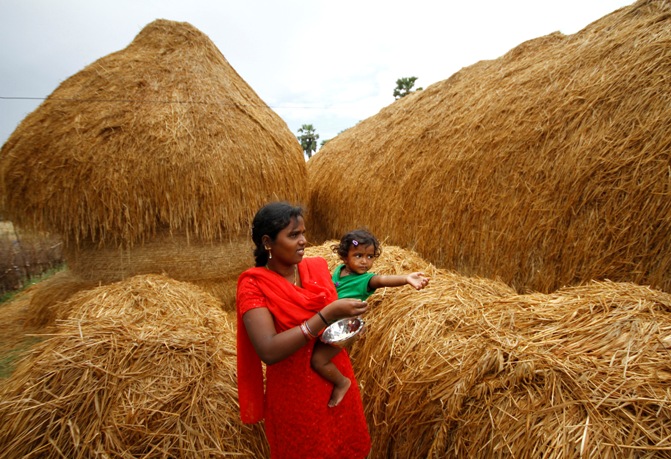

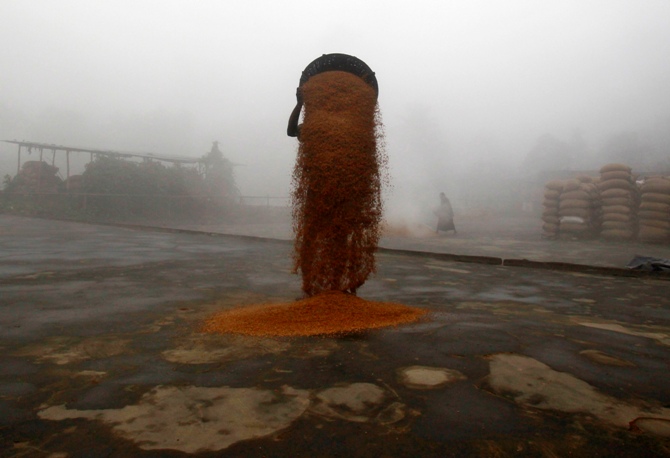
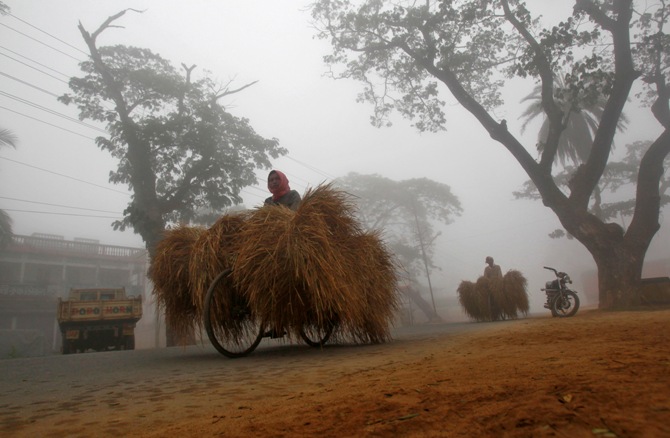
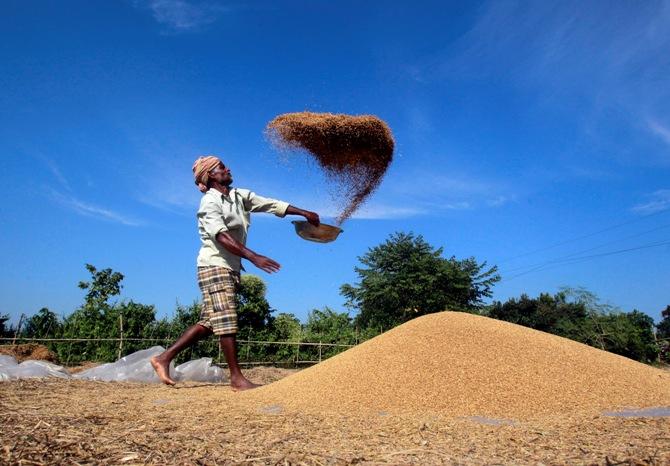
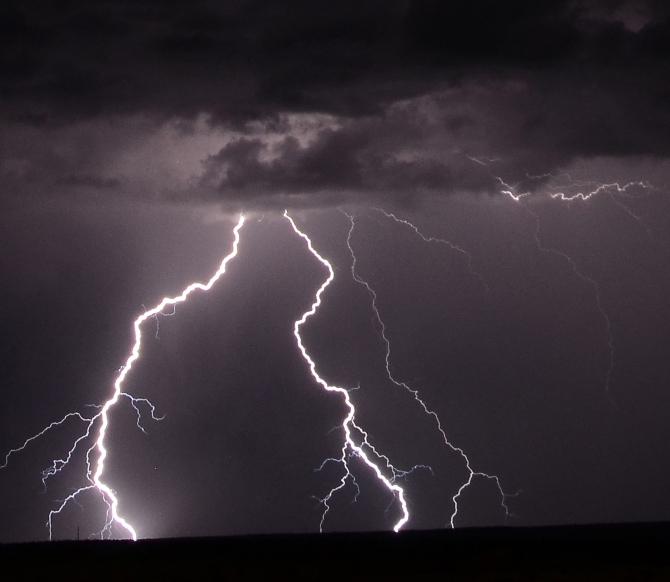
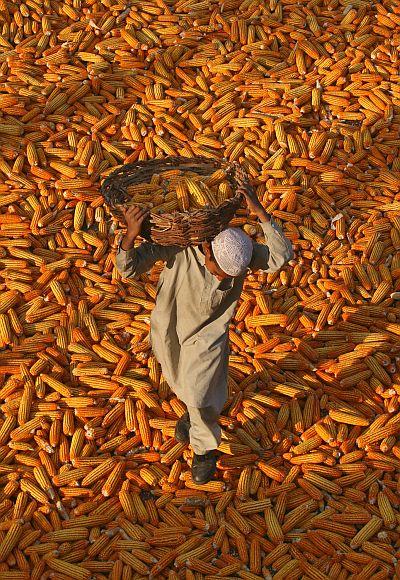

article